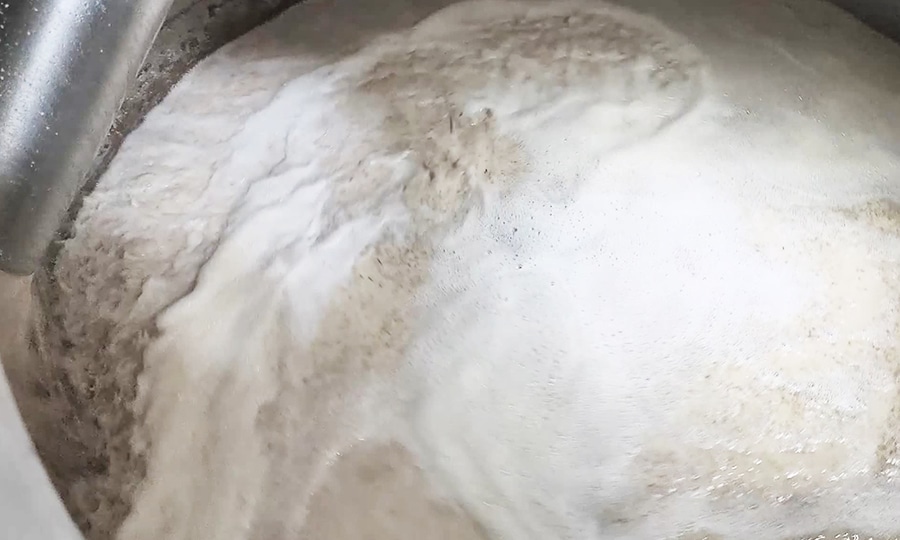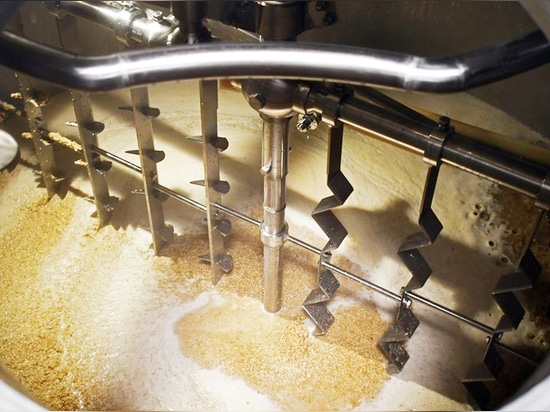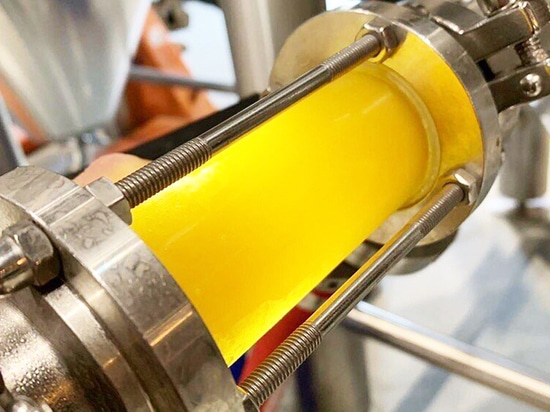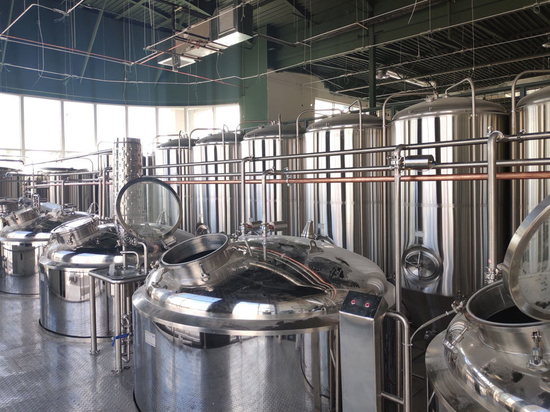
#Product Trends
Wort Lauter Tun Technology
beer equipment,brewery equipment
The wort lauter tun process mainly includes seven processes of topping hot water, waking up, standing, turbid wort reflux, first wort lauter tun, washing and rowing.
(1) top hot water
Before the saccharification pump is pumped in, the lauter tank must be checked. First of all, the filter sieve plate should be laid, pressed, and cleaned, and at the same time, the windshield of the filter tank should be closed to ensure that the temperature of the liquid remains unchanged. Check whether the tiller is in the normal position, check the opening and closing status of the pipeline valve connected to the filter tank. After the inspection is completed, pour hot water at 78°C from the bottom until the filter plate is just missing, so as to discharge the air between the filter plate and the bottom of the tank to prevent the oxidation of the wort. At the same time, it can preheat the sieve plate and filter tank to support mash to ensure the normal operation of wort filtration.
(2) into the mash
While stirring the saccharification liquid, it is quickly pumped into the lauter tank, and the wheat mash is evenly distributed by a tiller. Otherwise, it will lead to uneven dissolution of extracts and decrease the extraction rate. The mash pumping time should be controlled within 8-12 minutes. During the mash pumping, the agitator of the mash tun should be stirred constantly to ensure the mash is uniform. The discharge speed of the saccharification mash is generally not more than 2~4m/s, and the speed of the pump mash should be slow in the early stage, and then pumped at full speed after the mash has a certain height in the lauter tank.
(3) standing
After the mash is pumped into the lauter tank, heavy wheat husks and light wheat husk fragments settle rapidly, forming a 30-40cm thick layer of wheat grains (if wet crushing is used, the grains layer will reach 60-70cm, after standing, Three layers of filter layers are formed: the bottom layer, the main layer and the upper layer, and the first wort is gathered on the upper part of the bad layer. It can be seen that the standing process is indispensable. The whole standing time is about 10 to 20 minutes. The particle size of the bad layer The sedimentation speed is related to the concentration of wort, and the sedimentation is faster in thin mash than in thick mash. The concentration of wort is also affected by temperature. The hotter the wort, the looser the grain layer and the easier it is for the wort to flow out Therefore, care should be taken to keep warm when filtering to prevent the mash from cooling down.
(4) Wort reflux
The clear and transparent wort contains about 4 mg/L of C6~C16 fatty acids, while the fatty acid content in turbid wort will be more than 10 times that of clear wort. If the turbid wort enters the boiling pot, it will cause problems such as increased iodine value, poor protein flocculation and unreasonable composition of wort, which will have adverse effects on the foam and flavor of beer, and will easily cause abnormal fermentation. Therefore, at the beginning of filtration, the turbid wort reflux operation should be carried out to improve the clarity of the wort and prevent the above problems from happening.
The above are the first four technological processes of wort filtration.






